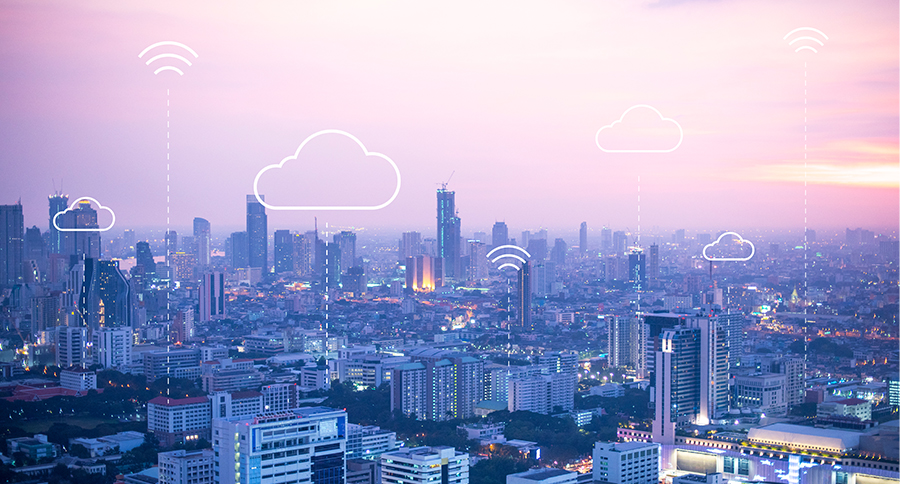
18 Jan The Power of Location and the Internet of Things (IoT)
The Internet of Things (IoT), once just another captivating technology trend among many, is gaining deep traction in industry and government. Today, we are on the cusp of an IoT-driven technological revolution, affecting most if not all industries and mobilizing strategic thinking at every level, from the design engineer to the C-suite. With billions of connected sensors designed into products around the world, the IoT gives companies the ability to collect, process and analyze vast — and potentially invaluable — data sets. Properly distilled, this data can reveal real, actionable intelligence. Yet for many companies, the path forward remains unclear.
The IoT’s potential is tantalizing, but the reality of harnessing its power can be daunting, and is always logistically challenging. Nevertheless, a 2017 McKinsey survey found that 92 percent of high-level executives believe the IoT will generate a positive impact over the next three years, with 62 percent stating this impact will be very high or transformative.
Yet more than half of the same group of executives (54 percent) said that their companies actually use only 10 percent or less of their IoT data. And all cited major capability gaps when it comes to the IoT, such as integrating IoT solutions into existing business work flows, managing data, identifying case studies and applications, analytical modeling and determining context for collected data.
Advances in sensor technology, data storage and highly compact processors have pushed the world to the brink of technological transformation. Estimates are that by 2020 the worldwide installed base of IoT endpoints will reach 30 billion.
As this connectivity increases, its potential value intensifies. “Metcalfe’s Law,” originally promulgated with respect to Ethernet, states that the value of a network is proportional to the square of the number of connected users. Extrapolating this widely-cited phenomenon to the IoT, as many have – where every node or sensor is a “connected user” – it suggests potential business value of such immensity as to almost defy quantification.
And the growth of this value-creation network is accelerating. Its underlying infrastructure is finally beginning to achieve real scale, as are the associated economies that allow companies to experiment and uncover new opportunities and the techniques by which to exploit them.
As the IoT and its applications mature, the future will become increasingly intelligent and automated. Machineto- machine communication and machine learning, as well as predictive (what will happen? ) and prescriptive (what should be done?) analytics, are already changing the landscape across retail, manufacturing, utilities and government entities. In the supply chain realm, for example, in-depth simulations using real-time IoT data can identify where disruptions are likely to occur and empower organizations to act in advance. In retail, machine learning will be used to build more powerful, more personalized customer experiences.
It’s important to understand that the value of IoT-generated data is not intrinsic; it flows from what a business does with it.
The data challenge, however, isn’t just about the volume of data. It’s also about the velocity and variety of data being created by the IoT. Because of the ubiquity of sensors, the huge volume of data coming at organizations is coming very fast and it arrives in a variety of formats. So the mission is both to deal with the data and its various attributes, and then also make sense of it, to probe it for insight to help grow or expand a business.
Once a company determines how to distill data into actionable intelligence, the possibilities for efficiencies and value become almost self-evident. For every organization, however, the challenge remains: how to best refine the raw material of the IoT – its data – into a meaningful asset, one with measurable business value?
Across industries, one of the most critical areas is customer expectations. Today’s sophisticated customers want experiences that require massive real-time and big data analytic capabilities. Increasingly, it will be crucial to:
- Capture, analyze and store up to millions of sensor events per second
- Visualize and probe observations about sensor events
- Perform fast analytics on billions of data points
- Make sense of objects and devices that are both moving and stationary, and also likely have changing attributes
Unleashing GIS Technology’s potential in every industries
